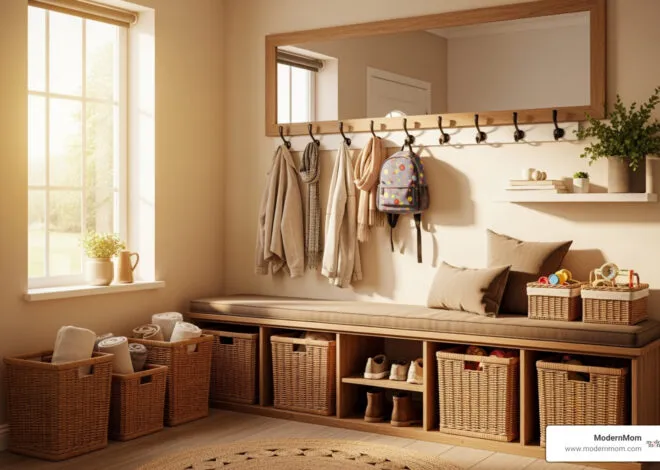Eco-friendly homes are not only great for the environment; they also save the homeowner a bundle in utility bills, heating and air conditioning, and many other expenses. While some eco-friendly features can be expensive, many are not, and the pricier ones end up paying for themselves in the long run. Here are some tips for making your house eco-friendly.
Step 1
Properly insulate your home. One of the most important ways to have an eco-friendly house is to ensure that the walls and ceiling are insulated properly. In fact, most homes lose half of the heat inside the home through the walls and roof.More facts about insulation and energy are available at the Department of Energy’s website (See “Additional Resources” for link).
If your home is lacking insulation in these areas, have a professional install some insulation or do it yourself if you have the skills and knowledge.
Step 2
Replace outdated fixtures. By replacing your faucets with water efficient faucets, you can save money on your water bill and keep waste at a minimum. Low flow toilets do the same thing, but if you can’t afford to replace yours, put a small brick in the back of the tank. This can reduce the amount of water used to flush and can stop a lot of waste.
Consider upgrading your hot water heater to a solar hot water heater or an on-demand, tankless heater. A great source of information can be found at http://www.tanklesswaterheaterguide.com/.
Step 3
Use energy-efficient appliances. Changing your appliances to Energy Star appliances or other energy efficient appliances can significantly cut down on energy usage, allowing you to save money and helping to offset the damage being done to the Earth. You can learn exactly what energy star appliances are at Energy Star’s website (See “Additional Resources” for links).
Upgrading your washer, dryer, stove and refrigerator is one of the most effective ways to have an eco-friendly house. Change your light bulbs to energy-efficient light bulbs as well. These use up to 5 times less energy, last much longer and can save you money on your electric bill each month.
Step 4
Reuse water. Another element in an eco-friendly home is the water. There are many opportunities to reuse water, including catching and using rainwater. Leave containers outside to catch rainwater and use the water for your garden or flowers. Reuse bath water or dish water to flush the toilets and even to scrub the floors. By reusing water, you can save more money on your monthly water bill as well as reduce water waste.Learn more at the Environment Protection Agency (See Resources).
While many changes in homes that add an eco-friendly element cost a great deal of money, these simple changes cost very little and can make a world of difference.





